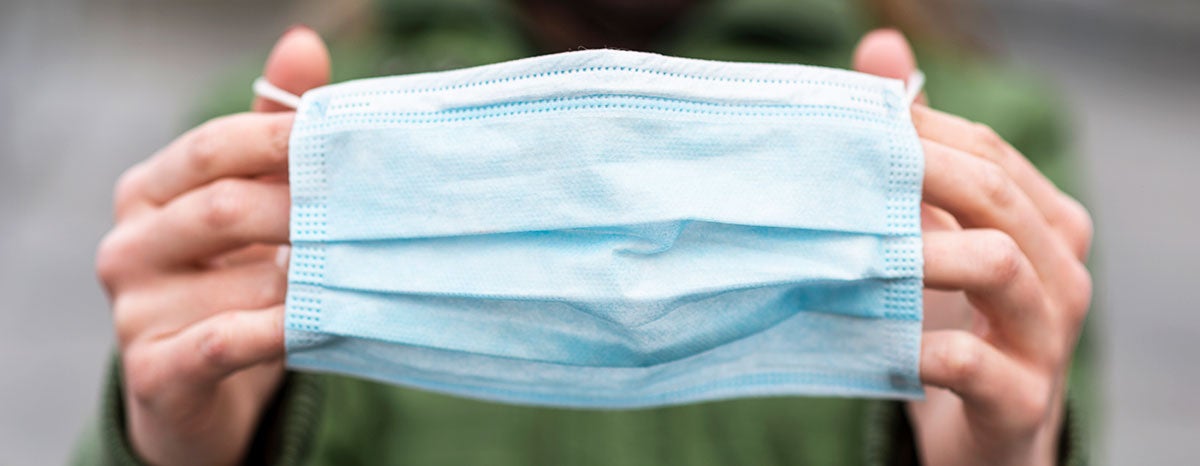5 Tips to Make that Mask More Comfortable
Whether you are required to wear a protective face mask every day for work or are new to the concept due to COVID-19, you know that though necessary, masks are not always pleasant. They may feel itchy, irritating, hot, restrictive, distracting - the list goes on. Here we discuss five simple ways to remedy these common complaints and help make that mask more comfortable!


Check Your Fit
Protective masks are most effective and most comfortable when they properly fit your face. So what’s the right fit? Your mask should sit comfortably over the bridge of your nose and extend down to your chin, protecting your nose and mouth. It should be snug enough to create a seal, but not so tight that it restricts breathing or causes discomfort. Conversely, your mask should never be so loose that you feel the need to constantly adjust it, as touching your mask increases the risk of viral transmission.

Know When It’s Time to Replace or Remove It
Disposable masks can be worn for up to four hours before being replaced but there are exceptions to this. Particularly in warm weather, when masks can become especially uncomfortable, know your limits and follow these suggestions.
Sweaty mask? Replace it!
Not only is a damp mask uncomfortable (and let’s face it, kind of gross), it can also make breathing more difficult and may be less effective at filtering respiratory particles. If your mask is sweaty, replace it with a new one. In the warmer months, it is recommended you always carry a clean, spare mask to swap out as needed.
Having difficulty breathing?
Take your mask off! If you feel you can’t freely breathe through your mask (common in heat and humidity), remove your mask in a space that is safely distanced from others and any harmful air contaminates. Remember not to touch the front of your mask when you remove to avoid increased risk of contamination.

Glasses Fogging Up? Try This.
If you wear glasses or goggles with your face mask, you may have trouble with lens fog. This is because when you exhale, your warm, damp breath gets directed up towards your glasses. The solution - block the air. You can do this by adjusting the fit of your mask as needed or by using a thin barrier to stop the air, such as a piece of cloth or tissue. Another solution is to regularly clean your glasses with soap and water. This leaves a thin film that causes water molecules to evenly spread out as opposed to fogging up when damp.

Ladies, Mind Your Makeup
Heavy makeups and creams (or lack thereof) can make masks uncomfortable, so be mindful of what goes on your face before the mask. Heavy foundation under a mask may not only cause irritation and breakouts, but also makes the mask dirty and potentially harder to breathe through. Conversely, if you have very dry skin and fail to moisturize before putting your mask on, you risk itchy, chafing skin.

Men, Focus on the Facial Hair
For optimum protection and comfort, masks should create a snug (but not tight) seal around the nose and mouth. Long, thick beards and facial hair may compromise the seal between face and mask. For best results, facial hair should fit entirely under the area of the mask or be trimmed short.
